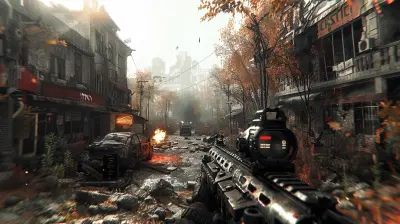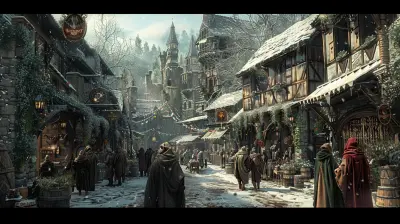Dynamic Environments that Shape Third-Person Shooter Combat
29 July 2025
Third-person shooter (TPS) games are a blast, aren’t they? They drop you into these epic worlds, sling you over the shoulder of a badass character, and challenge you to survive pulse-pounding firefights. But what makes these shootouts feel so immersive? Sure, the characters, weapons, and enemies play a big role, but let’s not overlook one major player—the environment. Dynamic environments can make or break third-person shooter combat. They shift the battlefield, change your strategy on the fly, and keep you guessing. Forget about running and gunning like a mindless robot; you’ve got to adapt, think on your feet, and sometimes—yes—even pray.
So, let’s dive into the nitty-gritty. What makes a third-person shooter’s dynamic environments so addictive? Why do they feel so alive, and how do they elevate combat to an art form? Grab your virtual ammo; it’s time to dig in.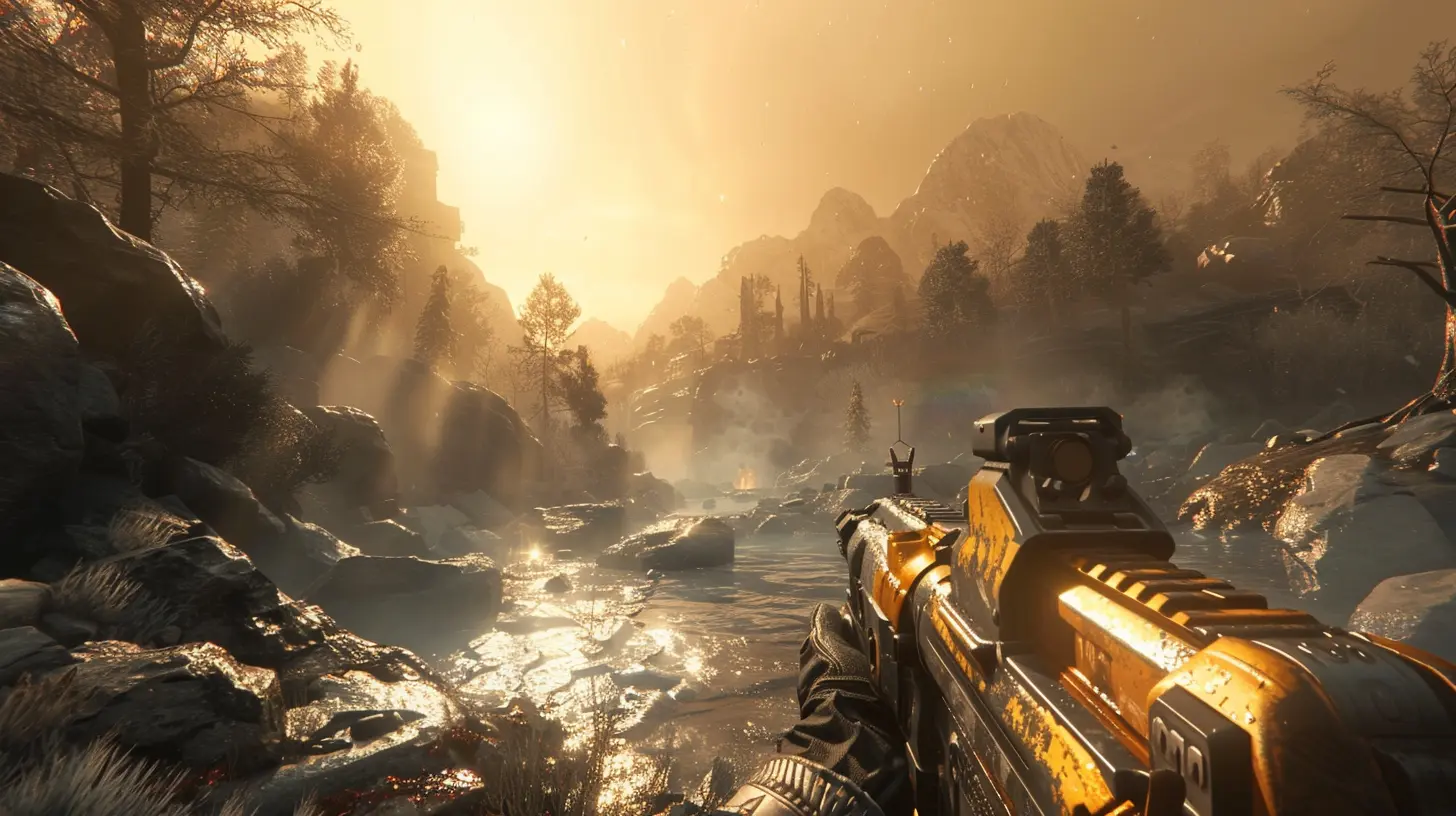
What Are Dynamic Environments in Third-Person Shooters?
Before we go all-in, let’s cover the basics. Dynamic environments aren’t just another buzzword game devs throw around for marketing. They refer to in-game settings that change while you play. We’re talking about destructible buildings, shifting weather, interactive objects, and even AI-controlled wildlife. These elements aren’t just eye candy; they actively shape how you approach combat.Imagine this: You’re pinned down behind a car that’s rapidly turning into Swiss cheese thanks to enemy fire. Do you stay there, knowing that car’s about to go kaboom, or do you make a death-defying dash across an open area to new cover? That’s the beauty of a dynamic environment—it forces you to think and act differently depending on what’s happening around you.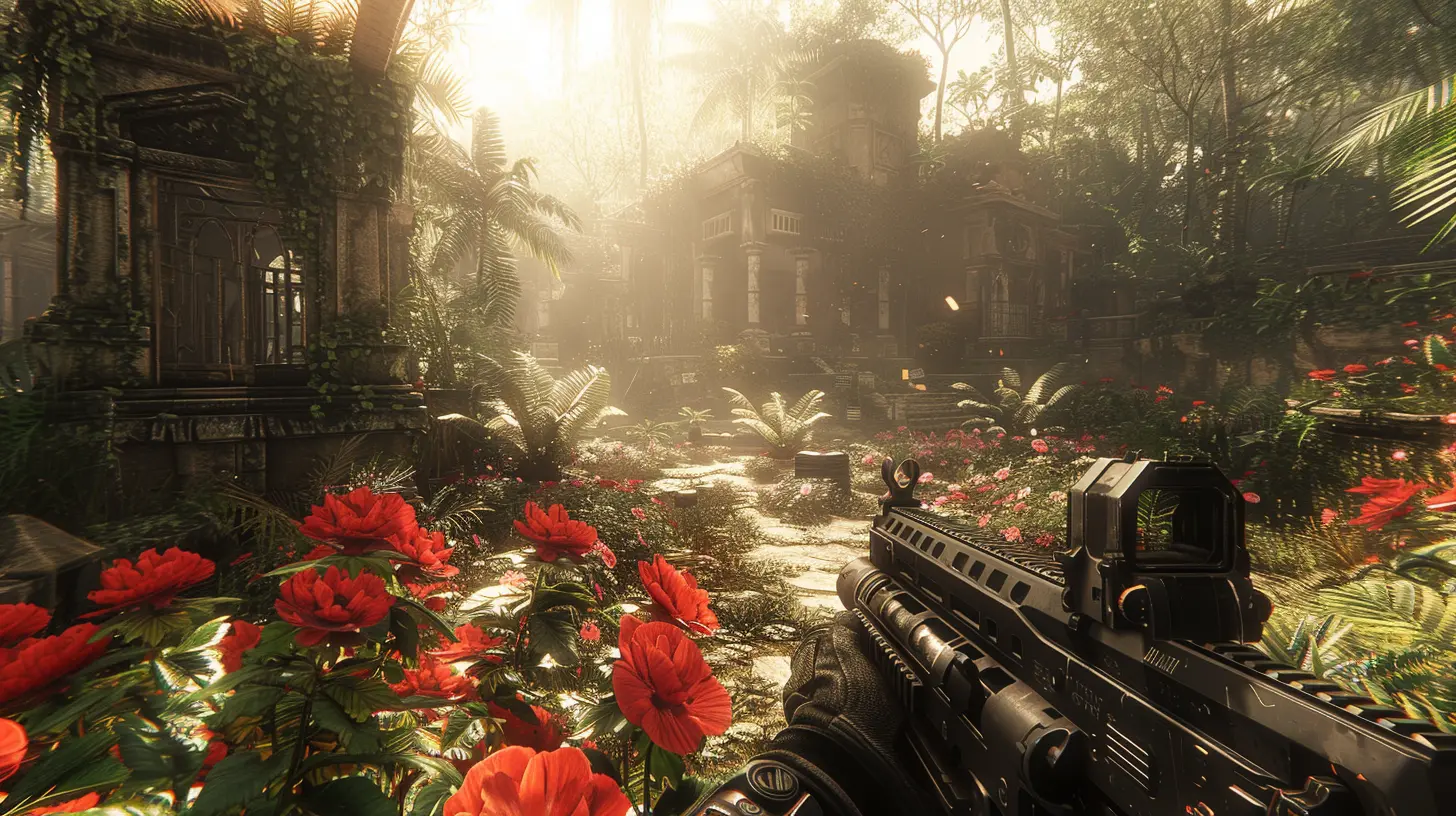
Why Dynamic Environments Matter in Combat
1. They Add Variety to Gameplay
Let’s face it: shooting waves of enemies in static, predictable environments gets old fast. Dynamic environments serve up curveballs to keep you engaged. One fight, you’re navigating collapsing buildings; the next, a raging dust storm obscures your vision. Just when you’ve got a rhythm going, the game flips the script, making every battle feel fresh.2. They Heighten Immersion
Ever feel like you’re not just playing a game but living in it? That’s the magic of well-designed environments. When explosions leave craters in the ground, or trees sway violently during a thunderstorm, it pulls you in. You’re no longer a gamer sitting on a couch; you’re a soldier, scavenger, or mercenary fighting for survival.3. They Encourage Player Creativity
Dynamic environments open up opportunities for players to think outside the box. Is your enemy holed up in a sniper nest? Maybe there’s a gas can nearby you can shoot to flush them out. Did a wall just crumble? Use the rubble as impromptu cover. They don’t just test your reflexes—they test your creativity.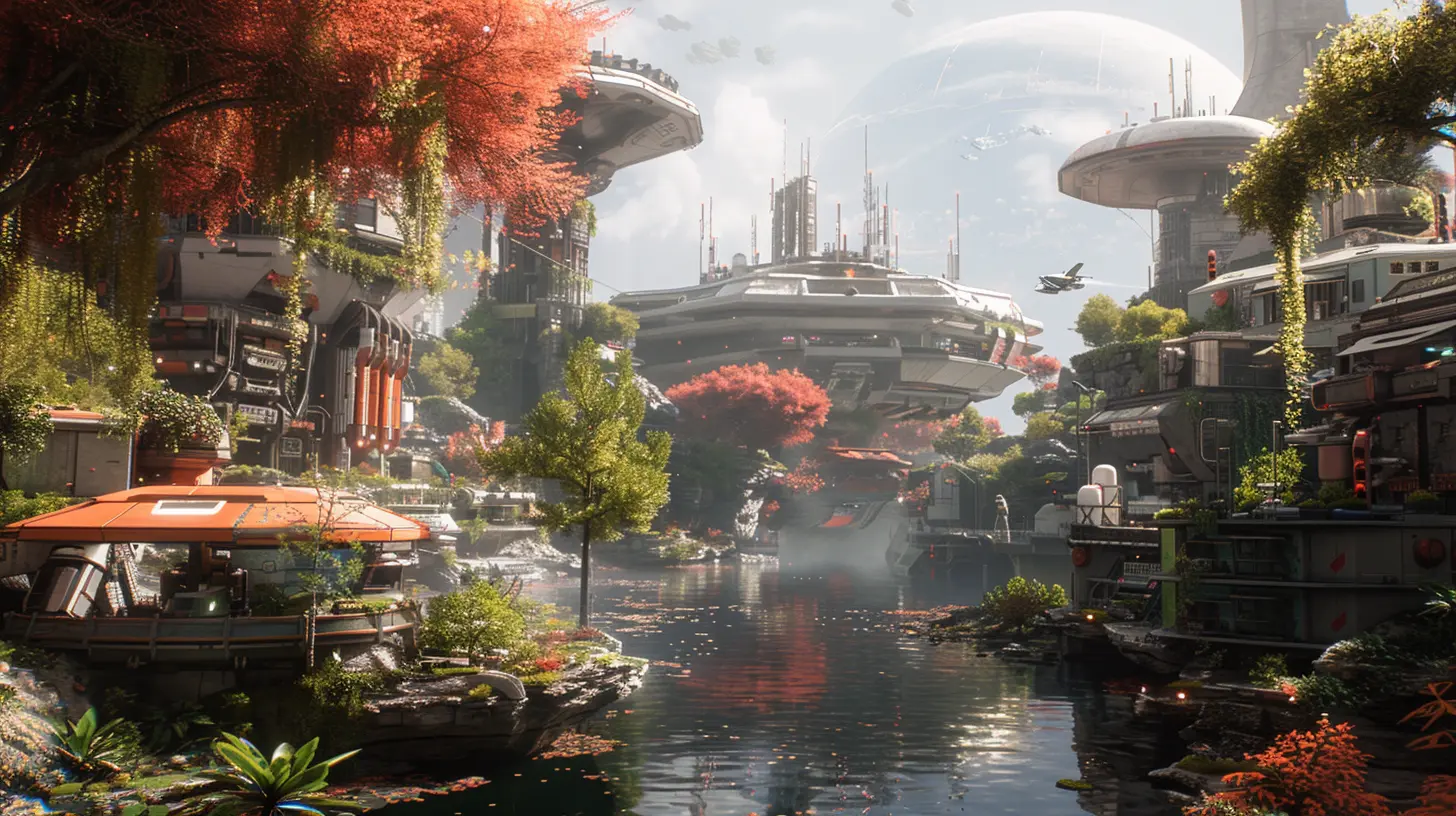
Key Features of Dynamic Environments
Okay, now that we know why they’re awesome, let’s break down the elements that make up these dynamic playgrounds.1. Destructible Terrain
This one’s a biggie. A classic example is the “Battlefield” series, where entire buildings can be leveled. You can’t just hide in the same spot forever because, well, that spot might cease to exist. Destructible terrain forces players to stay on the move, thinking one step ahead.In games like “Red Faction: Guerrilla,” destruction isn’t just chaos—it’s a weapon. You’re encouraged to demolish structures to gain the upper hand. That sniper perched on a tower? One well-placed rocket, and they’re rubble.
2. Weather Systems
Weather is more than just a backdrop; it’s a game-changer. Take a heavy rainstorm—it limits visibility, muffles sounds, and affects movement. Think about “Metal Gear Solid V: The Phantom Pain,” where sandstorms can suddenly sweep across the desert, obscuring vision but giving stealthy players a chance to strike.Snow-covered areas can also add challenges like reduced traction or slower movement. It’s not just atmosphere—it’s strategy.
3. Time of Day
A dynamic time-of-day system can completely change your approach. Fighting at night tends to favor stealth, while broad daylight might force you into full-blown combat. Games like “The Division” nail this, making nighttime engagements feel tense and claustrophobic.4. Interactive Objects
Nothing screams “dynamic” like objects you can manipulate. Maybe it’s a barrel you can roll into enemies, or movable crates you can stack for a makeshift sniper perch. These little touches give players more tactical options.Take “Uncharted 4,” for instance. Rolling logs, collapsing ledges, and movable ropes all play into its cinematic combat sequences. It’s pure chaos, but in the best way possible.
5. AI-Driven Events
Ever get ambushed by a pack of wolves while you’re mid-gunfight? AI-driven wildlife or NPCs add a layer of unpredictability. Games like “Far Cry” are infamous for this. You could be in a heated standoff when, out of nowhere, a bear decides to crash the party. Now what? Friend or foe—make your call.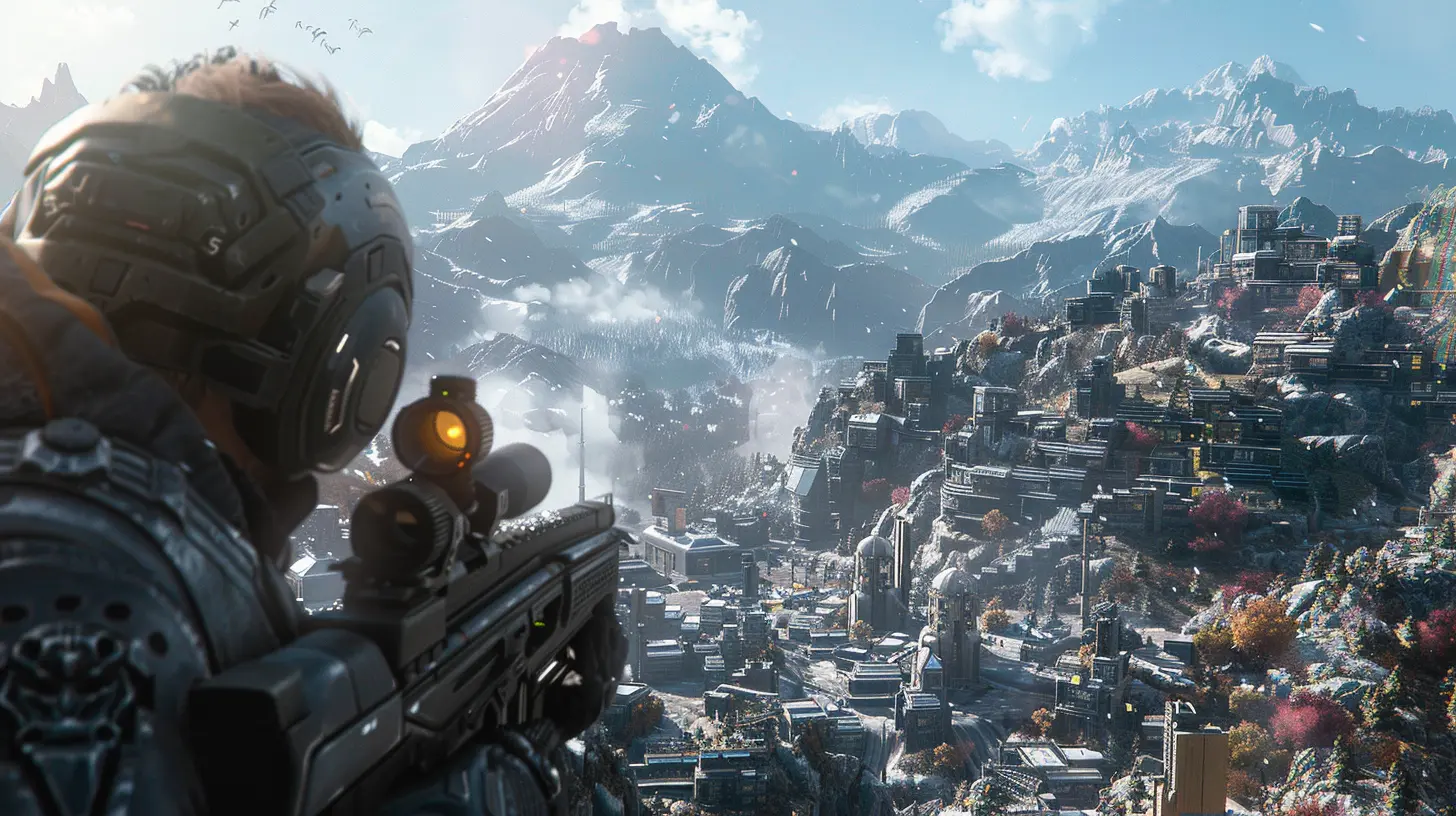
Games That Get It Right
Let’s give credit where it’s due. Some games excel at using dynamic environments to crank up the fun factor. Here are a few standouts:Gears of War
This series is an OG in the TPS world for a reason. It’s packed with destructible cover systems that force you to pick your battles wisely. Staying in one place too long? Bad idea—your Lancer-wielding enemies will make short work of that.The Last of Us Part II
Say what you will about the story, but the combat environments are chef’s kiss. Overgrown cities, flooded areas, and shifting terrain keep every encounter feeling unpredictable.Control
This game takes environmental dynamics to another level. The environments literally shift as you play, bending and breaking reality. It’s trippy, but it’s also genius.Challenges of Designing Dynamic Environments
Now, don’t think dynamic environments are all sunshine and roses (or crumbling rubble). Creating them is a Herculean task for developers. Here’s why:- Performance Issues: Simulating destruction and weather effects can be taxing, especially on older hardware.
- Design Balance: Too much chaos can overwhelm players, turning combat into a mess instead of a challenge.
- Testing: When the environment changes constantly, devs need to test every possible scenario to ensure nothing breaks. It’s a logistical nightmare.
Still, when done right, the effort is absolutely worth it.
The Future of Dynamic Environments
Looking ahead, it’s clear that dynamic environments are here to stay. With advancements in AI and hardware capabilities, we can expect even more intricate, unpredictable, and player-driven settings. Imagine firefights where every single object in the room is interactive or natural disasters that evolve in real-time, changing the map as you play. The possibilities are endless—and honestly, kinda exciting.Final Thoughts
Dynamic environments are the secret sauce that turns a good third-person shooter into a great one. They keep you on your toes, spice up combat, and make each battle feel unique. Whether it’s buildings crumbling around you or a blizzard throwing off your aim, these elements keep players engaged and immersed. So next time you’re dodging bullets and cursing at a falling wall, remember: that chaos is what makes TPS games unforgettable.all images in this post were generated using AI tools
Category:
Third Person ShooterAuthor:

Francesca West
Discussion
rate this article
1 comments
Xylo Richardson
Dynamic environments in third-person shooters not only enhance gameplay but also deepen player immersion. They challenge strategies, promote creativity, and create memorable experiences, reminding us that adaptability is key in both gaming and life.
August 10, 2025 at 4:41 AM

Francesca West
Thank you! I completely agree—dynamic environments truly transform gameplay, fostering creativity and adaptability, which enhances both immersion and strategy in third-person shooters.

